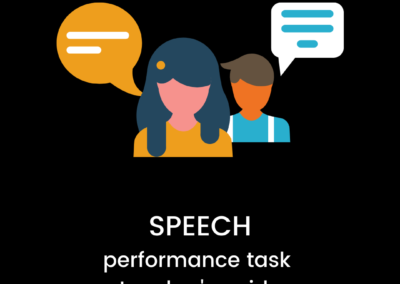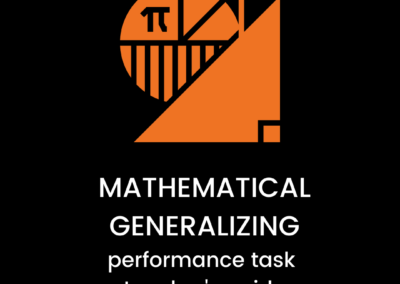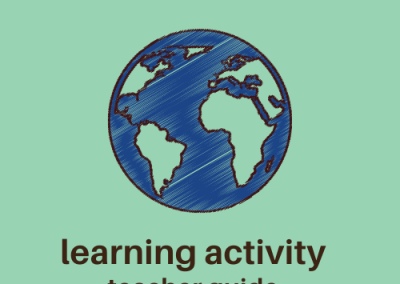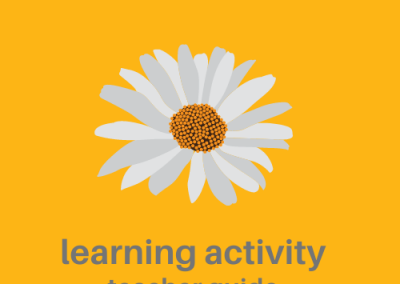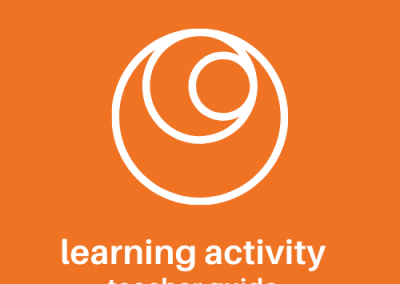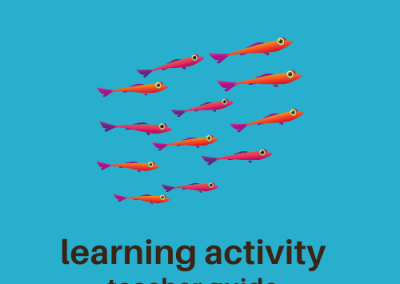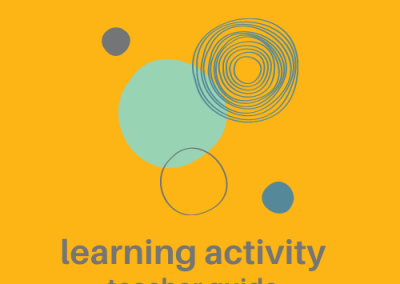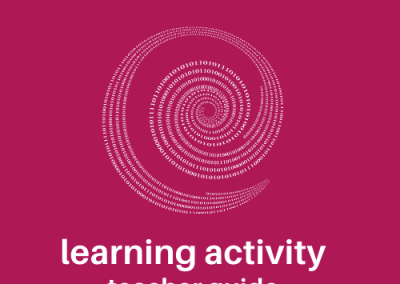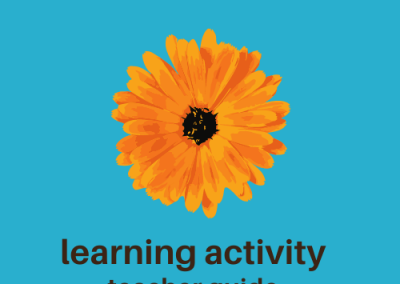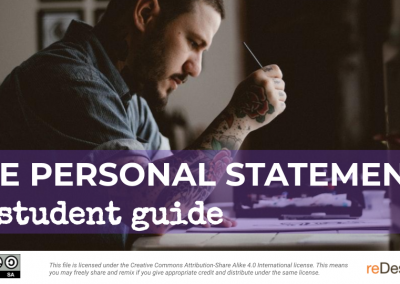Storyboard Your Visualizations
Preparation
Select a text that is appropriate for this activity, such as a specific scene or chapter of a text rather than a whole novel . Decide whether you would like this to be a whole-class activity or an independent activity. Provide students with the storyboard graphic organizer.
Activity Steps
1
As a warm-up activity for students to get used to utilizing all five senses, lead them through a visualization of your classroom. You can begin by asking students to close their eyes and picture the classroom and then follow up with questions about each o
This could be a fun opportunity to move outside the classroom to another area of the school, e.g., a playground, courtyard, or hallway. You could also practice visualizing places you know every student is familiar with, such as the grocery store or their bus ride.
2
Read segments of the text.
You will need to decide whether you want the students to read the text independently or as a class, or if you should read it aloud. The text itself will dictate how long they should read or when to pause, based on the amount of information the text provides that will allow them to explore the five senses. This could vary drastically from text to text.
3
After reading a segment of text, students are asked to visualize and record what they see, hear, smell, feel, and taste based on that text.
A graphic organizer can be used here for recording their visualizations or each drawing could be made on differently colored Post-it notes based on the sense (e.g., blue is feeling). The specific text you select may or may not give clues for each of the five senses. Feel and taste can be more difficult for students to visualize if they are not explicitly referenced in the text. Depending on your text, you may need to help students think about what a character might feel or taste in the situation.
4
Have students share their storyboard drawings with a partner. Conduct a full-class discussion of which of the five senses was the easiest and most difficult to visualize and why.
5
Students reflect on the visualization process: · How did the process change the way you thought about or pictured the text? · How could this help you as a reader?
Reinforce with students that visualization does not always need to be recorded, but pausing while reading to think about what you see in your mind or what you might feel if you were the character is a great tool to help engage in a text more deeply.

